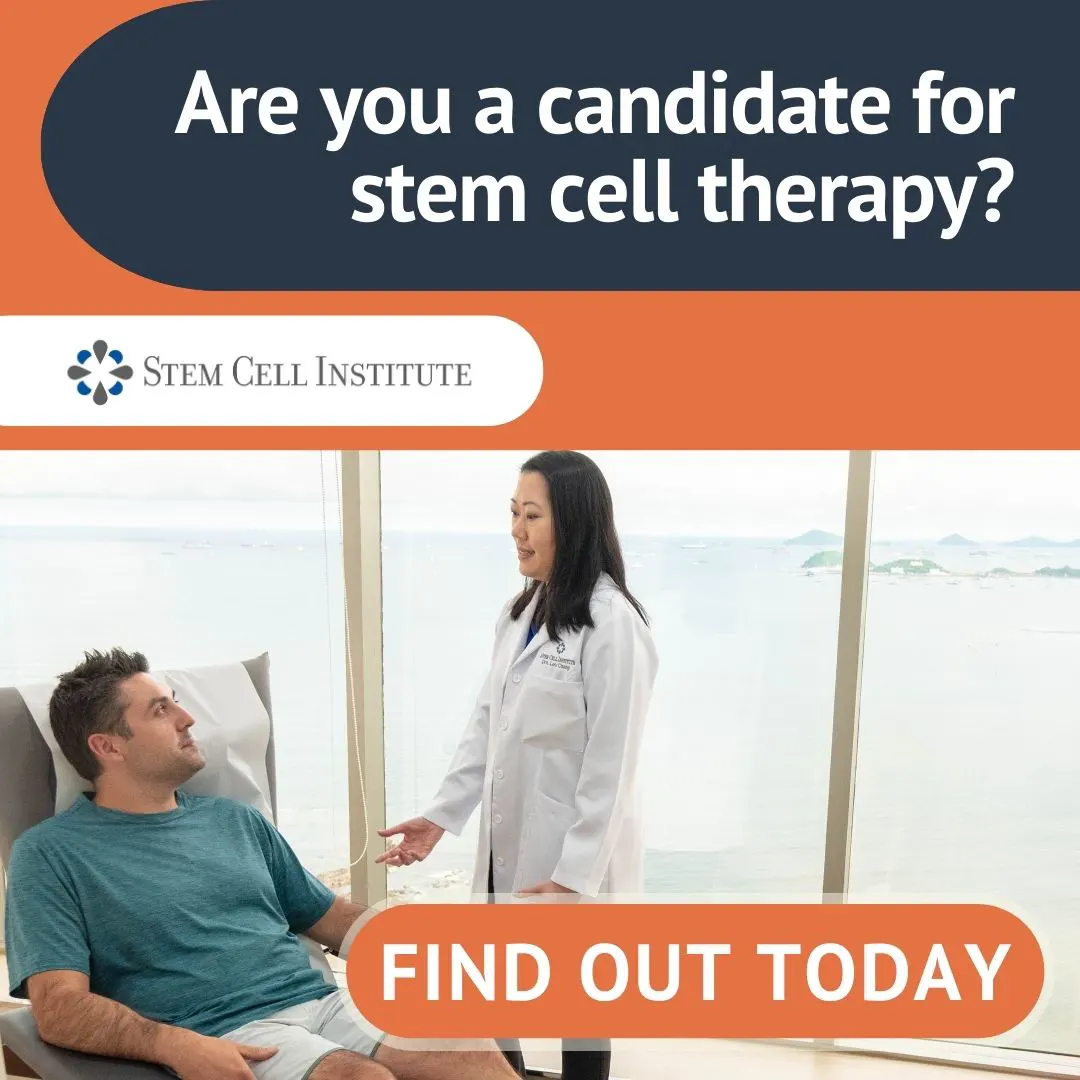Fat tissue is becoming increasingly recognized as a major contributor to the biochemical balance in the body. For example, during times of obesity, fat tissue produces compounds such as leptin that suppress, or attempt to suppress appetite. Fat tissue contains numerous cell types that control inflammation such as T regulatory cells, and alternatively activated macrophages (Riordan et al. Non-expanded adipose stromal vascular fraction cell therapy for multiple sclerosis. J Transl Med. 2009 Apr 24;7:29). Additionally, fat tissue contains several populations of stem cells, including mesenchymal stem cells, and hematopoietic stem cells.
In the study published today, fat mesenchymal stem cells were isolated from rats and tested for ability to promote healing of the endothelium, which is the lining of the blood vessels. The endothelium is very important because damaged endothelium is believed to be the cause of atherosclerosis.
The first set of experiments that the scientists performed was to try to “differentiate” or transform the fat mesenchymal stem cells into endothelial cells in the test tube. Treatment of the stem cells with an optimized mix of chemicals, called “endothelial growth media” resulted in cells that resembled endothelium based on expression of proteins on the cell surface. Specifically, the “home grown” endothelial cells expressed the markers Flt-1 and responded to SDF-1, a protein known to attract endothelial cells.
In order to mimic the condition of atherosclerosis development, a wire was inserted into the femoral artery and used to “scratch” the endothelial surface so as to produce an injury. In animals that did not receive stem cells, the injury resulted in a lesion that resembled the atherosclerotic plaque. When stem cells that were differentiated into endothelial cells were administered in the injured area, the lesion size was reduced, or in some animals completely absent.
Most interesting in the study was that the differentiated endothelial cells did not incorporate themselves into the existing blood vessel endothelium. Specifically, the injected cells could have been injected even outside of the endothelium and prevention of injury would be seen. These data suggest that the endothelial cells generated in vitro seem to work by producing therapeutic factors that accelerate healing, but not necessarily by replacing the function of the old endothelium. One interesting next step of this research may be to purify the growth factors made, and administer them instead of stem cells as a therapeutic approach to prevention of atherosclerosis.

